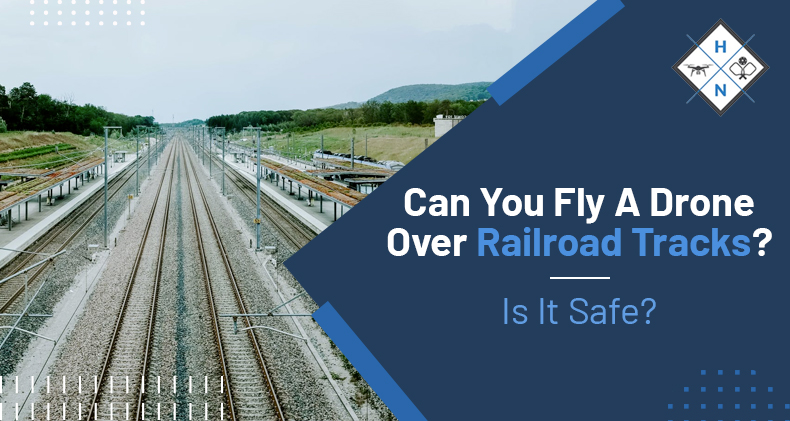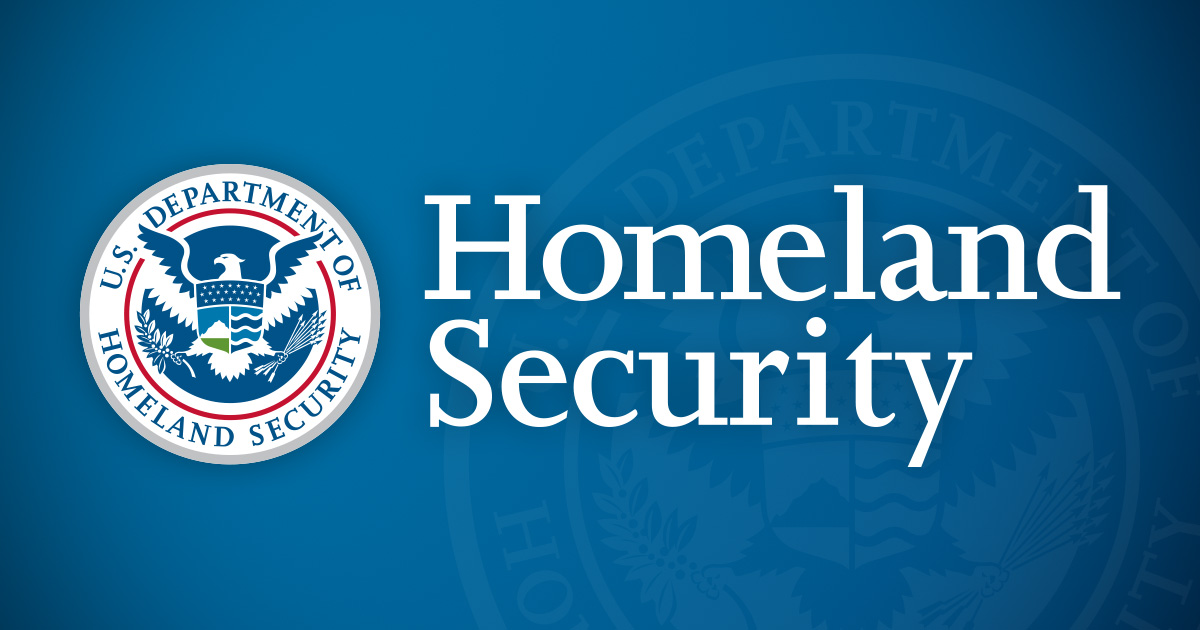This is a follow-up to my recent encounter with an apparent rail employee. I was ordered to land immediately because the rail employee said that I was flying illegally over a federal railroad.
1. As a follow-up, I just sent the following message to the subject railroad:
"Does XXXX publish a list of safety or restrictive guidelines for drone photography? Specifically, can I fly my drone over and above tracks (not a yard; not a train) for the purpose of moving my aerial camera to take a scenic photograph? "Uncontrolled airspace", safe altitude; no workers; no passengers; no trains; visual line of sight maintained.
As an FYI, I am registered with the FAA as a recreational flyer, and I have my TRUST certificate. Your response would be much appreciated.
2. Today, I just found this informational item.

 hobbynation.net
hobbynation.net
I welcome your comments.
1. As a follow-up, I just sent the following message to the subject railroad:
"Does XXXX publish a list of safety or restrictive guidelines for drone photography? Specifically, can I fly my drone over and above tracks (not a yard; not a train) for the purpose of moving my aerial camera to take a scenic photograph? "Uncontrolled airspace", safe altitude; no workers; no passengers; no trains; visual line of sight maintained.
As an FYI, I am registered with the FAA as a recreational flyer, and I have my TRUST certificate. Your response would be much appreciated.
2. Today, I just found this informational item.

Can You Fly A Drone Over Railroad Tracks? Is It Safe?
Can You Fly A Drone Over Railroad Tracks? Is It Safe? If you are in an area with many railroad tracks, this is a question you will have. Click to read.
I welcome your comments.












